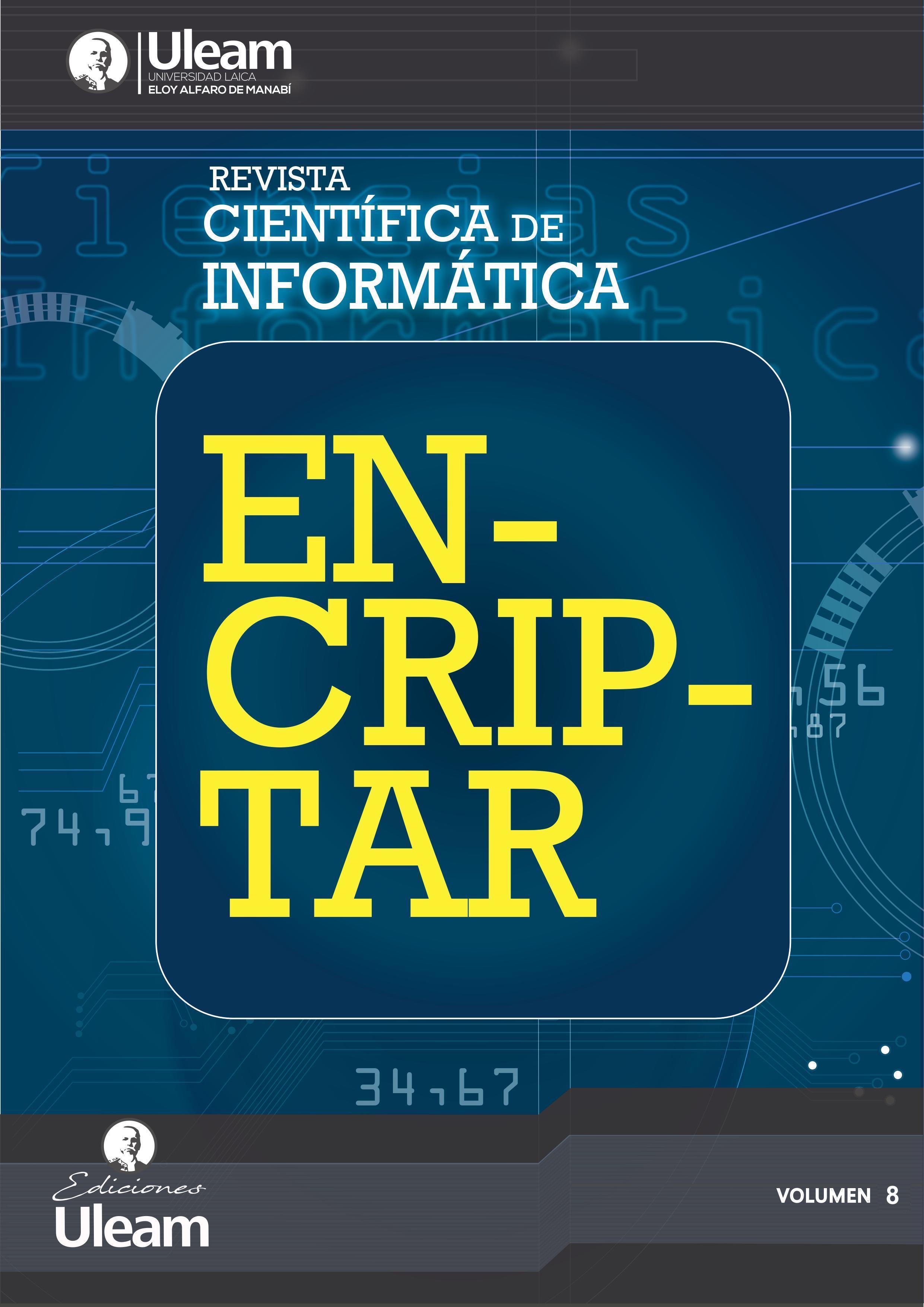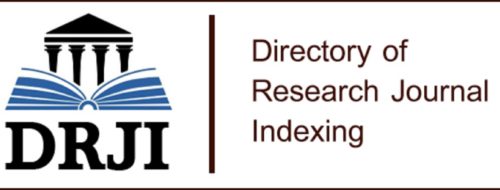Credit granting by the national financial corporation: an exploratory data analysis (EDA).
DOI:
https://doi.org/10.56124/encriptar.v8i16.009Keywords:
Concesión, Créditos CFN, EDAAbstract
This study examined the credit allocation granted by the Corporación Financiera Nacional (CFN) in Ecuador, considering its role as a public financial institution aimed at fostering productive sectors. The objective was to analyze the behavior of granted loans between 2022 and 2024 through exploratory data analysis (EDA) techniques. A quantitative, descriptive, and cross-sectional approach was applied, using secondary data retrieved from CFN’s open data platform. The dataset included quantitative variables (loan amount, number of operations) and categorical variables (type of credit, operation type, loan status, and province). The analysis was conducted using RStudio and tidyverse packages, including data cleaning, univariate and bivariate analysis, and visualization techniques. The results revealed that most of the loans granted were under USD 10,000, though notable outliers were present. An inverse relationship was identified between loan amounts and the number of operations, indicating that higher-value loans were granted to fewer beneficiaries. The provinces of Guayas and Pichincha concentrated the majority of credit operations, suggesting a geographic bias in credit distribution. Moreover, the “credit” product and “original” loan status were the most prevalent, both with high variability. It was concluded that CFN’s financial resources were channeled through a concentrated pattern across specific products and regions, raising concerns about the equity and redistributive reach of public financing.
Downloads
References
Abdou, H. A., & Pointon, J. (2011). Credit scoring, statistical techniques and evaluation criteria: A review of the literature. Intelligent Systems in Accounting, Finance and Management, 18(1–2), 59–88.
Aldaz Delgado, N. L., & Yaguache Maza, D. M. (2024). Análisis de la cartera de crédito de las cooperativas de ahorro y crédito del Ecuador del segmento 1 (2018-2022). Revista RECIAMUC, 8(1), 156-165. https://doi.org/10.26820/reciamuc/8.(1).ene.2024.156-165
Agarwal, A., Prabha, S., & Yadav, R. (2024). Exploratory Data Analysis for Banking and Finance: Unveiling Insights and Patterns. arXiv.Org, abs/2407.11976. https://doi.org/10.48550/arxiv.2407.11976
Angilella, S., & Mazzù, S. (2013). The financing of innovative SMEs: A multicriteria credit rating model. International Journal of Production Economics, 146(2), 281–290.
Bakoben, M., Bellotti, T., & Adams, N. M. (2017). Identification of Credit Risk Based on Cluster Analysis of Account Behaviours. arXiv: Statistical Finance. https://doi.org/10.1080/01605682.2019.1582586
Bravo, C., Óskarsdóttir, M., & Sarraute, C. (2020). The value of big data for credit scoring: Enhancing financial inclusion using mobile phone data and social network analytics. arXiv. https://doi.org/10.48550/arXiv.2002.09931
Corporación Financiera Nacional CFN. (2025). segundo piso. cfn.fin.ec: https://www.cfn.fin.ec/servicios/segundo-piso/
Lessmann, S., Baesens, B., Baesens, B., Seow, H.-V., & Thomas, L. C. (2015). Benchmarking state-of-the-art classification algorithms for credit scoring: An update of research. European Journal of Operational Research, 247(1), 124–136. https://doi.org/10.1016/J.EJOR.2015.05.030
Hooman, A., Marthandan, G., Yusoff, W. F. W., Omid, M., & Karamizadeh, S. (2016). Statistical and data mining methods in credit scoring. Journal of Developing Areas, 50(5), 371–381.
McGrath, R., Costabello, L., Le Van, C., Sweeney, P., Kamiab, F., Shen, Z., & Lecue, F. (2018). Interpretable credit application predictions with counterfactual explanations. arXiv. https://doi.org/10.48550/arXiv.1811.05245
Pardo, M. A. (2020). Modelización del riesgo crediticio en una cooperativa de ahorro y crédito mediante regresión logística. Revista Colombiana de Estadística. https://doi.org/10.12804/revistas.urosario.edu.co/empresa/a.8266
Romero González J. y Cáceres Larreátegui A. Influencia de redes sociales sobre la decisión de compra de productos de aseo y limpieza en Manta-Manabí 2024. RefCalE https://doi.org/10.56124/refcale.v13i1.009
Sariannidis, N., Papadakis, S., Garefalakis, A., Lemonakis, C., & Kyriaki Argyro, T. (2020). Default avoidance on credit card portfolios using accounting, demographical and exploratory factors: Decision making based on machine learning (ML) techniques. Annals of Operations Research, 294, 715–739. https://doi.org/10.1007/s10479-019-03188-0
Wickham, H., Çetinkaya-Rundel, M., & Grolemund, G. (2019). R for Data Science: Import, Tidy, Transform, Visualize, and Model Data. O’Reilly.
Zambrano Vera, M. F., Bermúdez Alvarado, A. L., & Cáceres Larreátegui, A. L. (2024). Caracterización del perfil del cliente para propuesta de modelo de negocio e-commerce. Revista Electrónica Formación y Calidad Educativa (REFCalE), 12(2), 84-89. https://doi.org/10.56124/refcale.v12i2.005
Published
How to Cite
Issue
Section
License
Copyright (c) 2025 Scientific Journal of Informatics ENCRYPT - ISSN: 2737-6389.

This work is licensed under a Creative Commons Attribution-NonCommercial-ShareAlike 4.0 International License.















